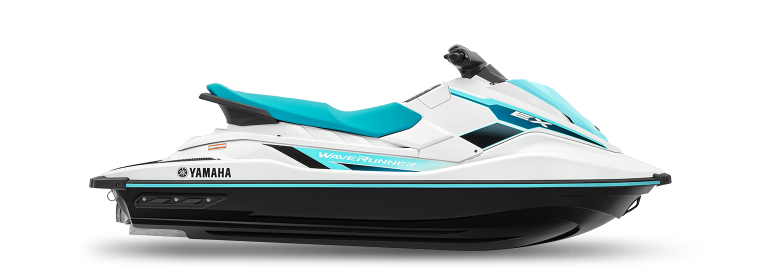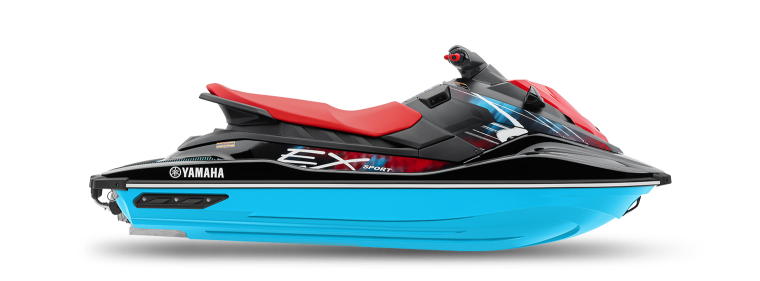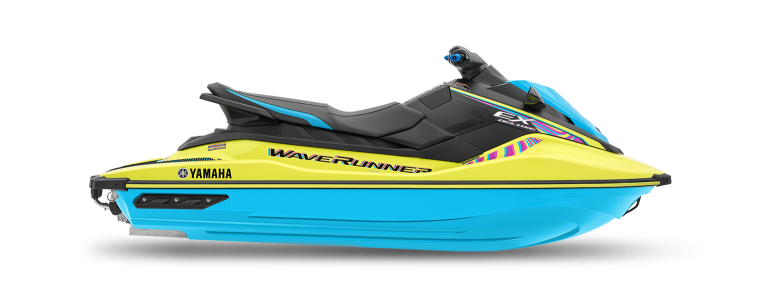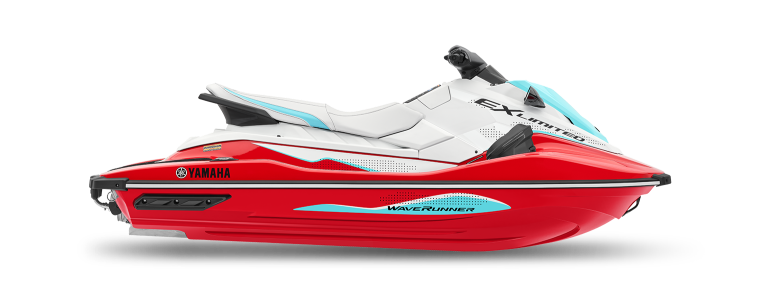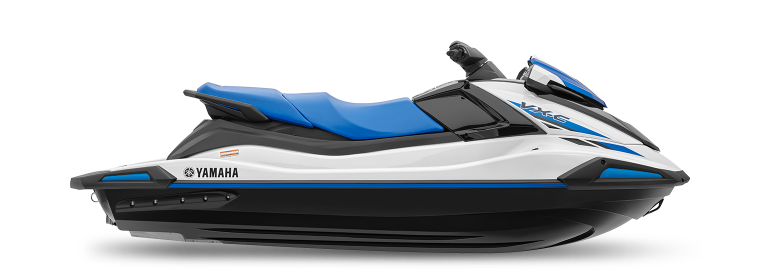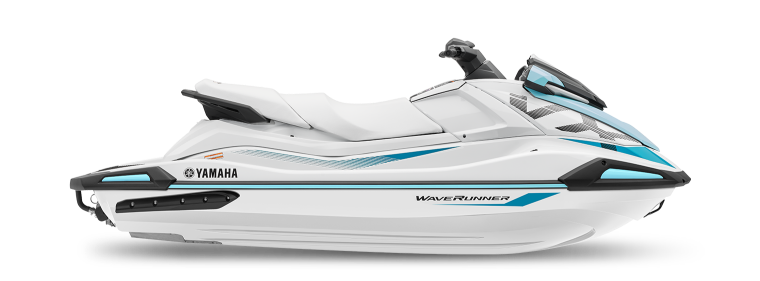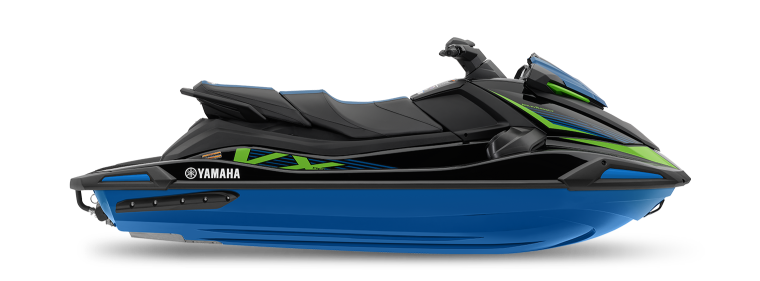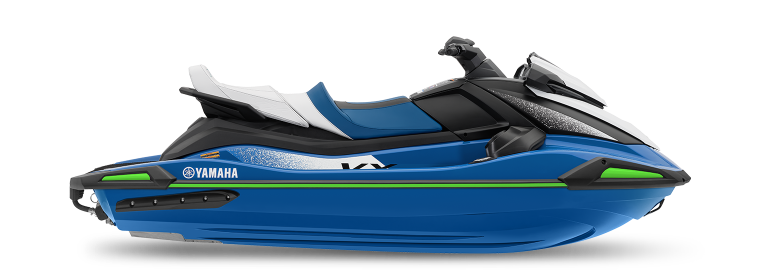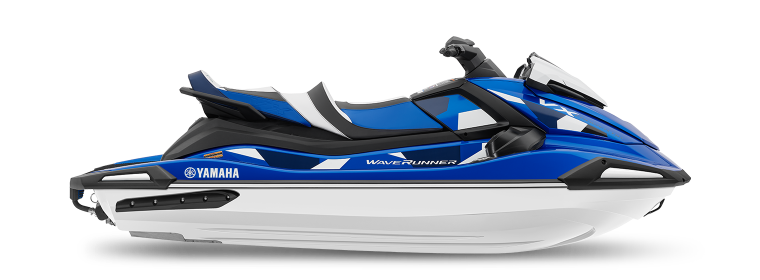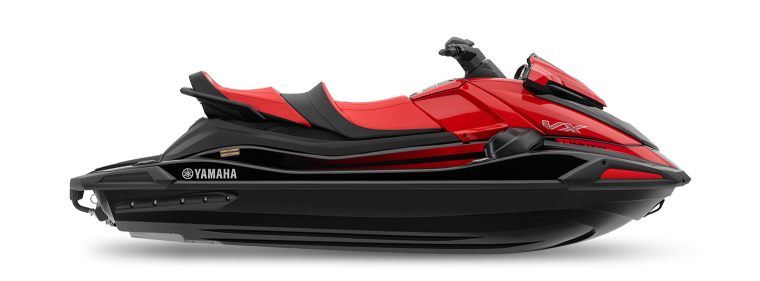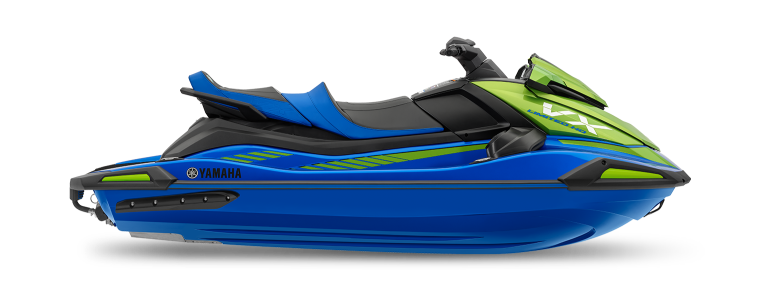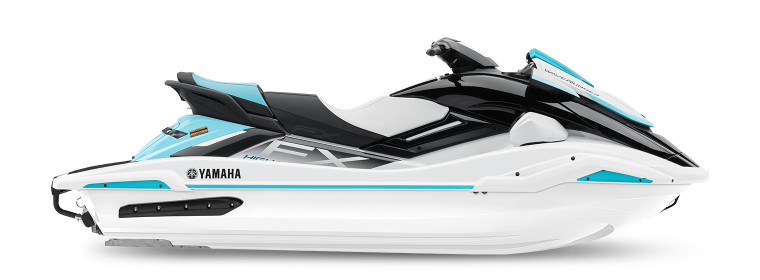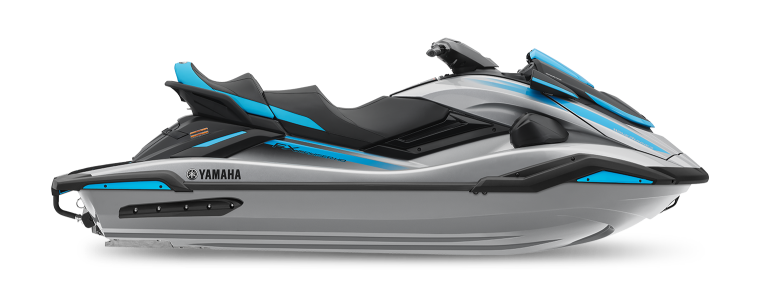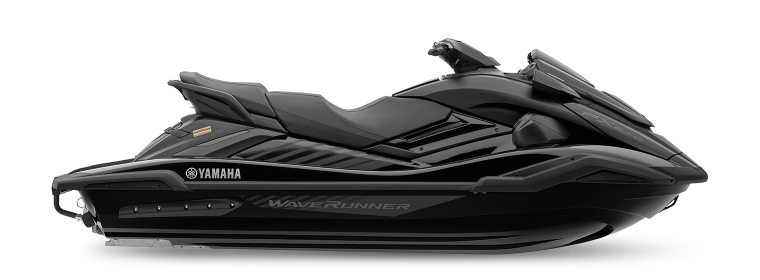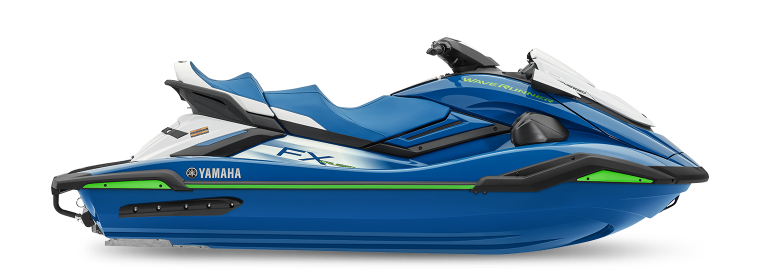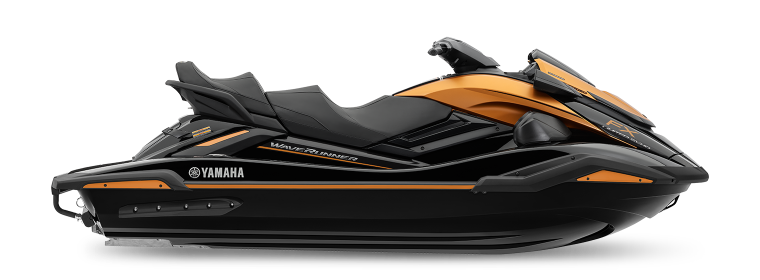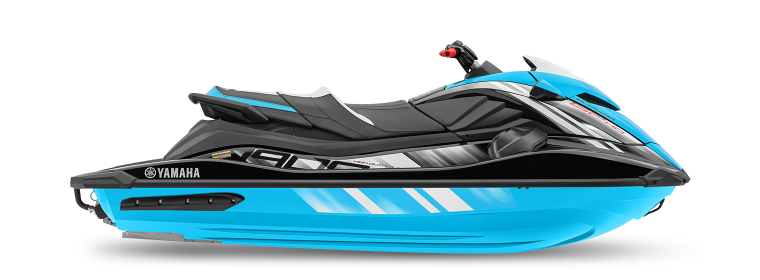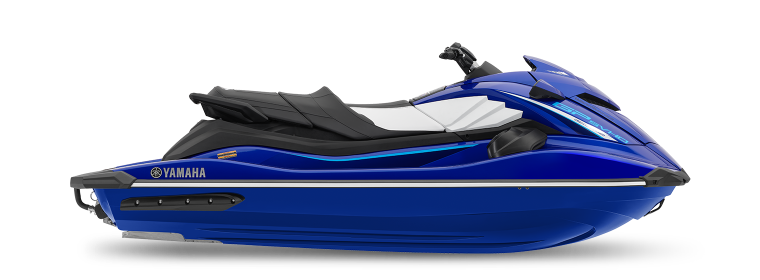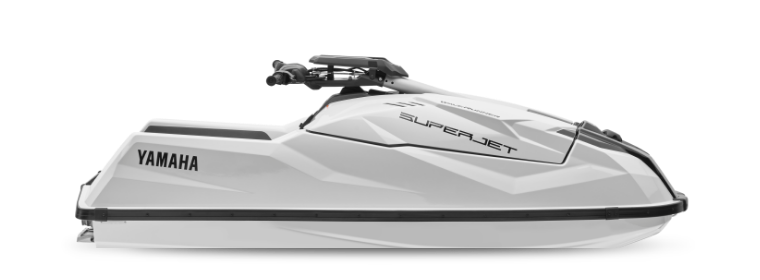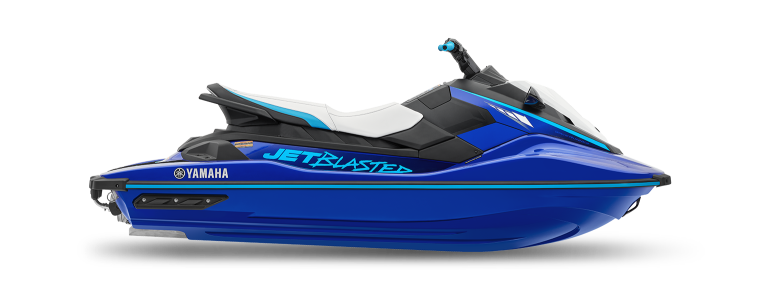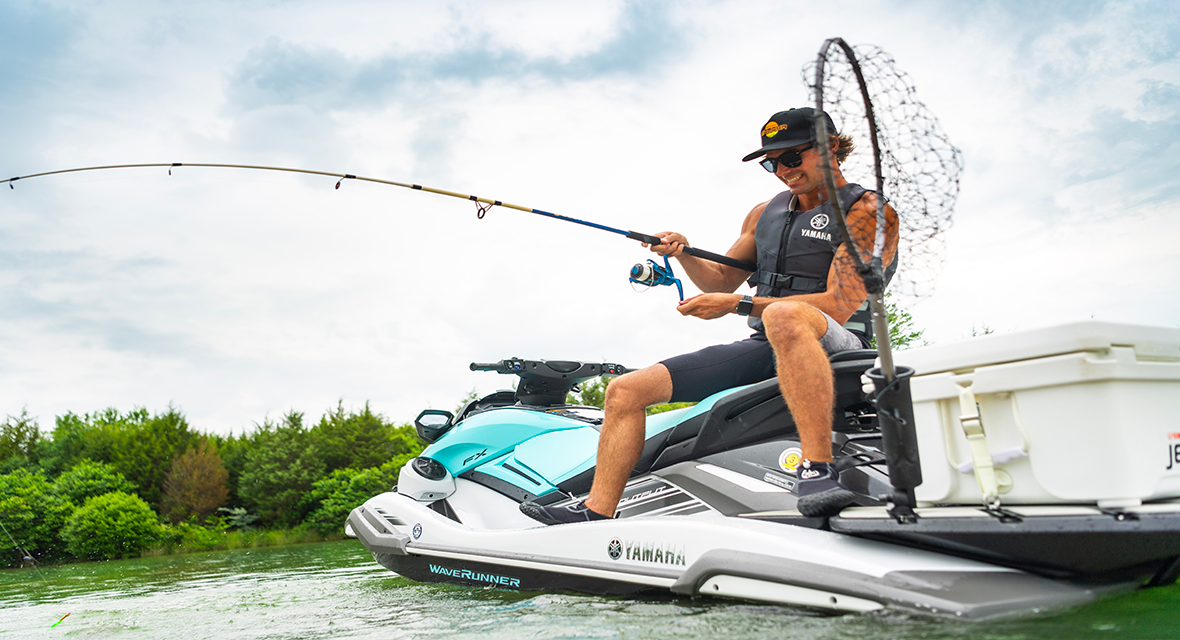With over 40 million people fishing each year, it can be a great way to spend time outside with family and friends. Whether you’re revisiting something you haven’t done in years or you want to try it for the first time, don’t feel overwhelmed. With just a bit of gear, a fishing license, and a little local knowledge, you’ll be able to get on the water and try your hand at catching fish by this weekend.
GETTING A FISHING LICENSE
Make sure you have a current fishing license for the state you’re fishing in. They are sold online, at fishing shops, and occasionally in convenience stores. The cost of a day license is inexpensive, but the exact price depends on the state and your residency, as fishing licenses generally cost more for nonresidents.
FRESHWATER FISHING GEAR
For most freshwater lakes, you can get away with a small complement of necessary fishing gear.
ROD AND REEL
Spincasting reels are the easiest for beginners to cast and can handle fish up to 20 pounds. Longer rods allow for longer casts and play fish better. A 5’6” rod is suitable for tweens, while a 6’6” rod is a great all-around size for teenagers and adults.
FISHING LINE
Monofilament is very durable and easier to handle than other line types. Try 6 or 8 lbs test for panfish or crappie. For bigger fish like bass and catfish, 10 to 12 lbs test works better. (“Test” is a measure of how strong a line is.)
HOOKS
When using live bait, smaller hooks are easier to get started in a fish’s mouth than bigger ones. Try Size 6 hooks for panfish and crappie. Size 1 hooks work well for bass or catfish. Circle hooks are the ideal hooks for beginners. They won’t end up in a fish’s stomach; instead, they stick in the corner of the fish’s mouth, making it easier to remove the hook. Plus, you don’t have to set the hook, just start reeling, and the fish hooks itself.
SINKERS
Small crimp-on split-shot sinkers are very versatile and easy to add or remove.
NEEDLE NOSE PLIERS
You’ll want these for removing hooks from your catch. You’ll also want to have scissors or clippers on board to cut the fishing line.
BAITS
Artificial lures or live.
BOBBERS
The biggest mistake novice anglers make is using too large of a bobber. The smaller the bobber, the better you can detect strikes. Use one that will just float your bait, pulling down easily when a fish nibbles.
LAKE FISHING TIPS
The first thing to know about lake fishing is that there are two types of lakes: natural and human-made. While both types are freshwater fishing environments, you should still use the lake fishing tips that apply to the lake fishing you plan to do for the best results.
NATURAL LAKES
Natural lakes include everything from vast freshwater waterways such as the Great Lakes to small mountain lakes that cover just a few acres. These lakes result from natural occurrences such as melted glaciers, plate tectonics, or inactive volcanoes. Many natural lakes are located near the headwaters of a river or stream and contain less sediment than those in constructed or human-made lakes.
NATURAL LAKE FISHING TIPS
If you plan to fish on a natural lake, look for spots along the shoreline that contain patches of aquatic vegetation such as lily pads or reeds. Any areas where you notice a change in vegetation type or thickness are good spots to start. Freshwater game fish,
such as largemouth bass and northern pike, are often found near vegetation in natural lakes because these areas offer higher oxygen levels and provide cover to ambush prey.Try using a weedless spoon around vegetation when fishing natural lakes for northern pike. These types of spoons are the best lures for lake fishing around weeds or vegetation without getting snagged. If there is little to no vegetation in a natural lake, keep your eyes open for logs or rock piles. Either of these types of structures will also provide shelter for game fish in a natural lake. Just use a heavier leader material that can hold up to abrasions when fishing around a structure with a rough surface.

